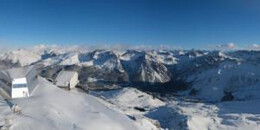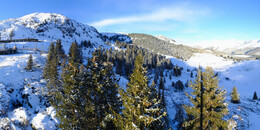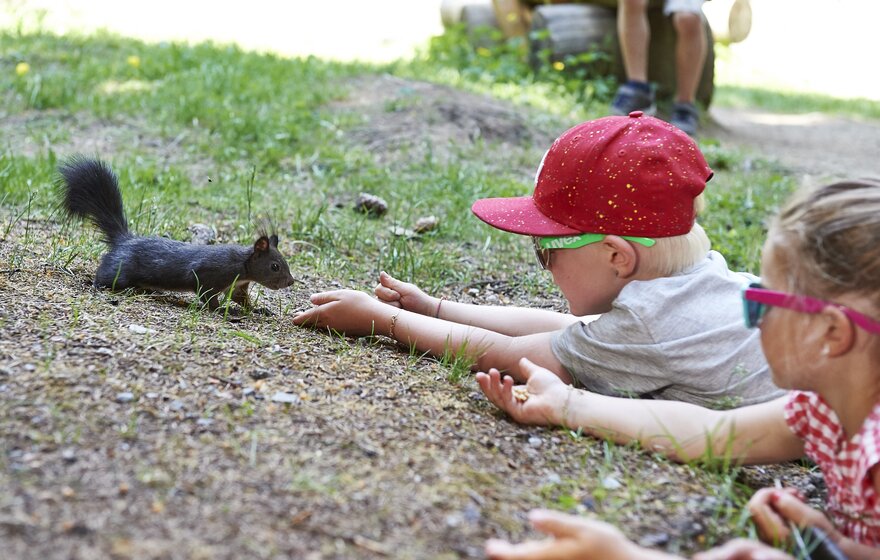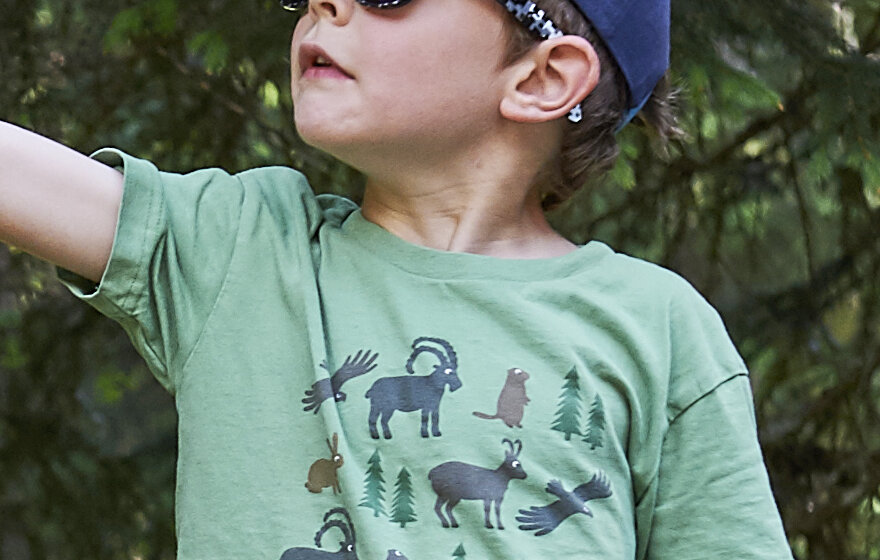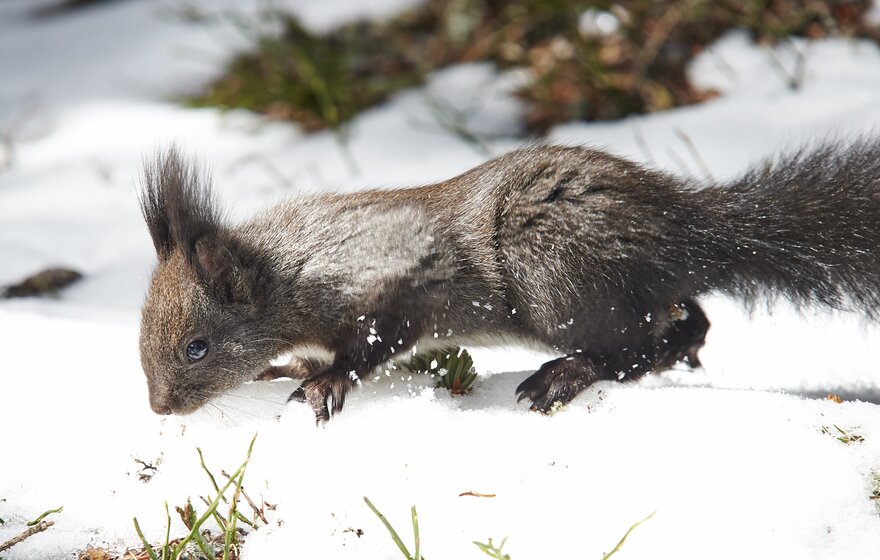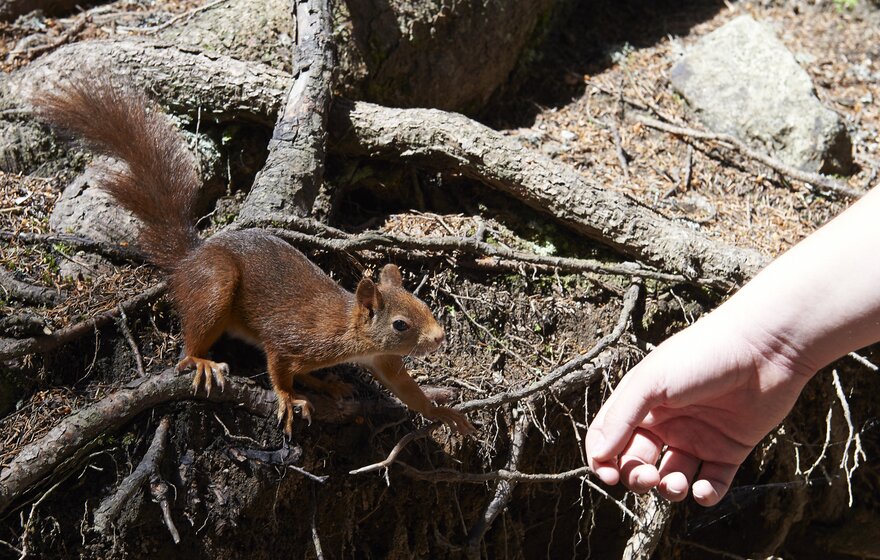Squirrel Trail Arosa
The cute animals literally eat from your hand - 365 days a year!
The Squirrel trail is definitely the most popular themed route among families. The fluffy animals are coming up close and eat directly from the palm of your hand; enchanting young and old alike. The trail starts at Tomeli-Street (below Waldhotel National) the path leads into the forest and ends at the bus stop Maran. Towards the end of the trail is a big playground with a barbecue area.
To protect the squirrels and nature, it is important to stay on the path and not follow the animals.
To protect the squirrels and nature, it is important to stay on the path and not follow the animals.



